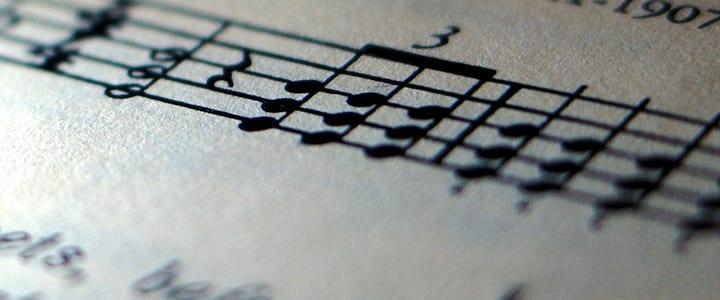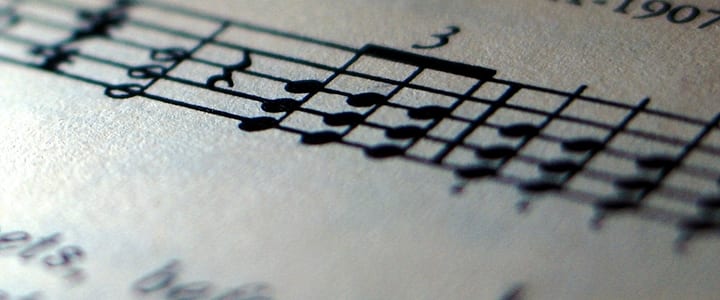As you learn how to play piano notes, chords, scales, and songs, at some point you’ll come across the term “staccato.” What exactly does it mean, and how do you play it? Read on as New Paltz, NY teacher Cheryl E. shares her helpful tips…
Mastering staccato on the piano can be extremely beneficial, not only for performance of staccato passages but also for using it as a tool to help you memorize legato segments, improve your dexterity and finger strength, and smooth out your performance motion.
Staccato is when the finger leaves the key without sustaining any sound. It is notated by a small dot above the note. Depending on how you play the key, it can be depressed all the way down before release, or halfway down. No pedal or dampening is needed. The faster you can get your finger off the key, the more time your brain has to look to the next key, eliminating errors and adding a smoothness to the performance.
For an example of how to play piano notes with staccato, watch this video:
Next, read these tips for mastering your staccato playing:
1) Think about how fast you can get your finger off the key and onto the next one. Looking ahead will take the frenzy out of playing staccato.
2) Keep your body still so that the movement is coming from your fingers and wrist more than your arm and shoulder. Big movements will slow you down.
3) Even though staccato can feel like hopping across the keyboard, make sure not to let your hand rise too high–the higher your hand, the more coordination you need to get back to the next (correct) key. Again, reducing movement will allow for a smoother performance.
4) Experiment with different fingering: 3-2-1 over a repeated note can increase speed of a repetitive staccato motif.
5) Add in notes–if you are practicing with one note, start to practice with thirds.
6) Practice scales with staccato, with both hands, and then as your coordination skills improve, with the left hand over the right hand.
7) Play your favorite songs in all staccato (no pedal). Hearing familiar melodies played in a new way will start to make staccato feel natural. You can also do the reverse–practice your staccato sections in legato to hear it in different ways and train your ears (and fingers) to know the notes despite the style they are played in.
Like all techniques you’ll learn as you take piano lessons, it may take time to get your fingers comfortable with playing continuous staccato passages. It’s definitely a great tool to have in your pianist tool belt! Have fun!
 Cheryl is a film and TV commercial composer and singer/songwriter with multiple tours, records, and TV placements under her belt. If you turned on your television this year, you’ve definitely heard her music. She teaches piano and voice in addition to composition and arrangement in New Paltz, NY. Learn more about Cheryl here!
Cheryl is a film and TV commercial composer and singer/songwriter with multiple tours, records, and TV placements under her belt. If you turned on your television this year, you’ve definitely heard her music. She teaches piano and voice in addition to composition and arrangement in New Paltz, NY. Learn more about Cheryl here!
Photo by Heartlover1717
Suzy S.


